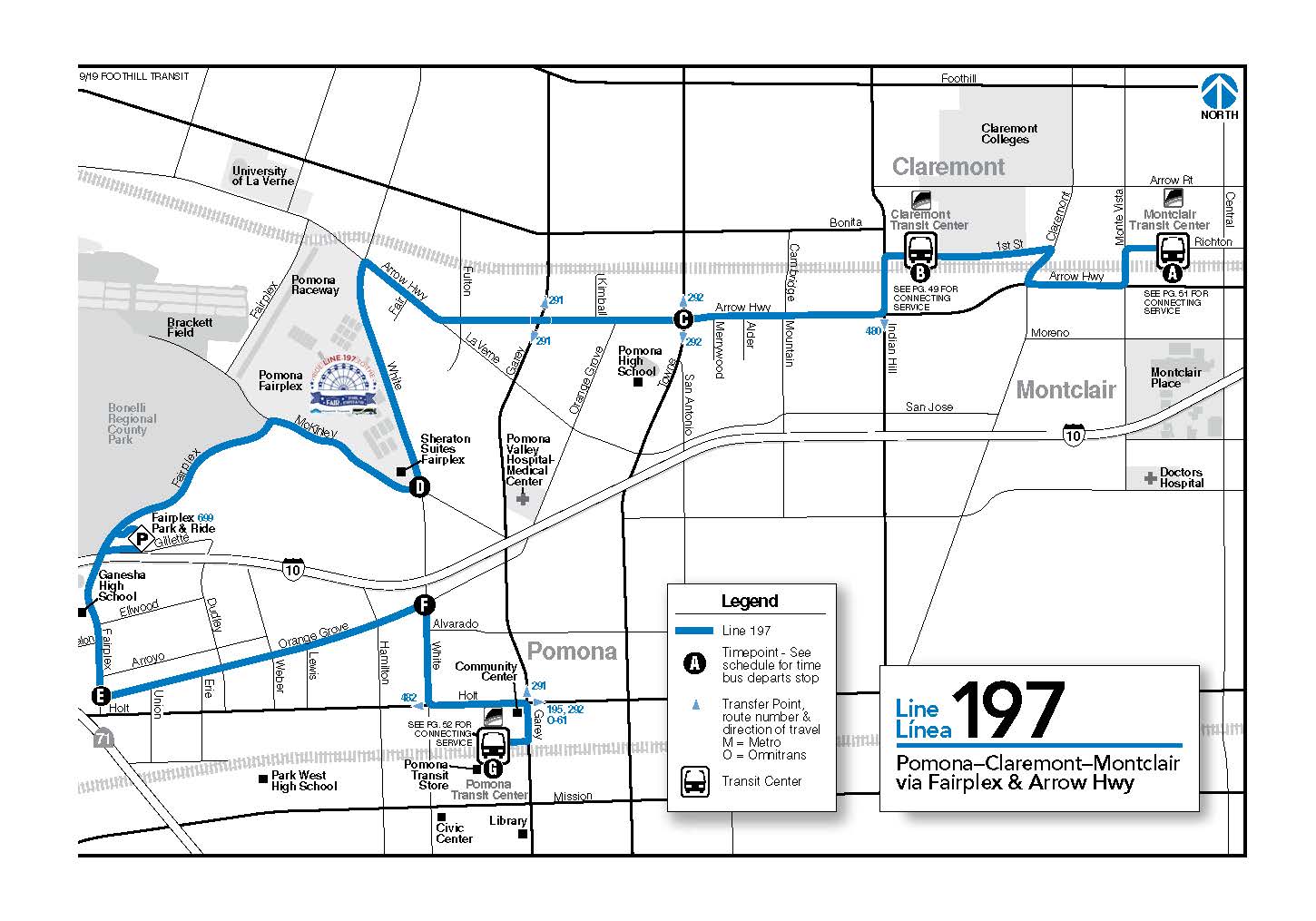S.B. 827 News: Rules Cmte Affirms Need to Address Housing Crisis; Says No to Sacramento’s Approach
5:56 PM PDT on March 23, 2018

Sahra Sulaiman/Streetsblog L.A.
The Rules, Election, and Intergovernmental Relations Committee today voted to approve the Resolution from city councilmember David Ryu (CD4) and seconded by Herb Wesson (CD10) to oppose State Senate Bill (S.B.) 827. The bill, which would allow for significant upzoning within a half-mile of a train station or a quarter-mile of a major bus/transit stop and would exempt those new developments from parking requirements, has come under fire for the extent to which it overrides local control over development.
Some of the opposition to the bill borders on the I-got-mine-so-go-away-peasant (IGMSGAP) approach to planning, like that espoused in the public comment period by Beachwood Canyon resident Christine O'Brien, who is perhaps best known for arguing to revoke access to the Hollywood sign because tourists were pooping in her flower pots and destroying the Hollywood Hills' microclimate. She emphatically declared S.B. 827 was neither logical nor appropriate, given our weather and diverse geography, while also referencing earthquakes, mudslides, fires, typhoons, and floods, but not locusts. Another member of that school (and four homeowners' associations), Amy Galaudet, argued that people like herself chose to live in "quiet and quaint" sanctuaries that could provide "refuge" in a "time of crisis and chaos" and would not abide by a bill that uprooted everything they had believed was stable or that allowed developers to do "whatever they want[ed]" next door to people's homes.
Neither seemed aware that the bill would, in fact, likely not touch their communities because of how effective the larger IGMSGAP crowd has been at limiting transit expansion through their neighborhoods and/or because they were able to purchase homes far enough off the beaten path to be out of transit's reach.
It is the clout of the IGMSGAP crowd that is, in great part, the impetus behind S.B. 827. For too long, wealthy homeowners have had the power to curb growth up and down the state, but especially in urban areas where job and population growth are far outpacing housing production.
And while curbing the power of the IGMSGAP crowd to veto growth is indeed a most urgent imperative, as some who spoke to oppose S.B. 827 (including city staff) pointed out today, the fact that the zoning changes are tied to transit lines means that, here in Los Angeles, it is disproportionately lower-income communities of color that will be affected by the bill.
Sofia Guerra from the Coalition for Economic Survival (CES) argued it would undo the years of work CES and other community groups had put into protecting rent control and preserving affordable housing for lower-income residents of color. She understood the need for more housing overall, she said, but believed that the "unamendable" bill would accelerate evictions and accelerate gentrification, all without producing much in the way of affordable housing for her community.
Asiyahola Sankara of ACT-LA, the coalition of dozens of community-based organizations steeped in housing, jobs, health, education, and transportation that has already written a letter in opposition to the bill, said they opposed S.B. 827 because it diminished the important and carefully considered strides that had been made in putting together Measure JJJ (the 2016 bill tying labor and affordable housing requirements or in-lieu fees to entitlements for development around transit). The coalition agreed with the overall goal of getting people out of their cars and onto transit, but argued that housing near transit therefore had to remain affordable for those who used it most - namely, residents of lower-income communities of color whose incomes reside far below the poverty line.
Equity needed to be centered for the bill to truly address those folks' array of needs, Sankara concluded. S.B. 827 had not done that.
If S.B. 827 was truly intended to protect lower-income communities, said Greg Bonett of Public Counsel, picking up on that point, then it should have led with tenant protections and led with affordable housing preservation and production. Instead, he said, the bill makes no distinction between exclusionary neighborhoods and those at-risk for displacement, and only included those protections as amendments - essentially acknowledging they were an afterthought.
"If Senator Wiener [sponsor of the bill] wants to address exclusionary neighborhoods," Bonett said, "he should focus on those neighborhoods, not enact a policy that will harm the very residents that those neighborhoods historically excluded."
Joe Donlin of Strategic Actions for a Just Economy and the UNIDAD Coalition spoke to how hard South L.A. had been hit by the foreclosure crisis and the extent to which it had left the community vulnerable to exploitation by firms that continued to snap up properties. The bill, in essence, would give them an opportunity to cash in on their investments, hastening displacement.
The Crenshaw Line community was particularly vulnerable, Damien Goodmon of the Crenshaw Subway Coalition argued, because of the creeping gentrification already underway thanks to speculation tied to the 2019 arrival of the train. The upzoning of the very corridor running through the heart of the ever-dwindling black community had the potential to significantly transform the area. He would not have fought to see transit built there, he declared, if he had believed it was going to be part of a larger urban renewal effort that would result in the ouster of his community.
He sympathized with the severe job-housing imbalance experienced by areas like Silicon Valley, he said, but argued the cost to South L.A. was just too high. Especially because wealthier transit-poor areas, including some of those suburbs around Silicon Valley, would still remain largely beyond the bill's reach.
Few spoke up against the resolution and in favor of the bill.
Two representatives of regional coalitions - the Business Industry Association (BIA) and the Two Hundred (advocating for lower-income Latino homeownership) - spoke on the importance of adding to the housing stock to improve affordability for all and expressed disappointment that, as Christine Rangel of the BIA argued, the city was essentially saying it didn't "want" housing. Others, like Abundant Housing L.A., sent letters.
The shortage of voices present in favor of the bill was, in part, due to the fact that opposition to it is so wide-ranging. But the other reason is that Wesson cut public comment short in favor of hearing from city staff, disappointing at least one Yes In My Backyard (YIMBY) advocate who didn't get the chance to speak.
Aarthi Varma of the Department of City Planning said that while the department did not take a position on the bill, its potential to have significant and far-reaching impacts on L.A.'s diverse communities meant that they would continue to assess it. Their initial observations, however, she said, were that the bill would need to respect the basic form of the city. Meaning, the city would want to retain design review authority so that growth honored existing development patterns, particularly with regard to L.A.'s historic preservation overlay zones (HPOZ).
Despite the fact that only two percent of the city's acreage was classified as HPOZ, 96 percent of it would be subject to S.B. 827. The bill would allow cities to review demolitions, but had not carved out protections in reference to design guidelines or historic preservation.
The other issue, Varma said, was that while the amendments to the bill did include some protections for renters, it did not address the question of indirect displacement - a significant issue given the disproportionate impact the bill would have on underserved communities of color.
In response to the request from Jill Stewart of the Coalition to Preserve L.A. that the council create a map* showing the projected impacts of the bill, planner Ken Bernstein said that the city was currently working on just such a project in an attempt to better understand the bill's effects. [*Stewart had spoken of what she described as "competing maps" laying out which communities were most likely to be affected and questioned whether impacts on the Valley had been adequately captured by Sasha Aickin's map (here). She suggested CSUN professor David Deis' map (here) offered a more accurate alternative.]
Finally, John Wickham of the Chief Legislative Analyst's (CLA) office warned that any time the council would need to address local zoning issues, they would have to go through Sacramento, which was why the CLA had come down in favor of the resolution to oppose the bill. [See that brief report here.]
In closing discussion on the bill, Wesson seemed intent on communicating that he understood the urgency of the housing crisis. He also said that he had spoken to Wiener personally and believed the senator's interest in alleviating the crisis was sincere.
Harkening back to a point raised by an earlier speaker from his district, however, he reiterated the crucial role of civic engagement in planning.
The question of "civic engagement" - sometimes a code for "local control" - is, of course, a double-edged sword. On one hand, it has granted disproportionate power to the IGMSGAP crowd, perpetuating stasis. Indeed, those voices are the impetus behind the decision of councilmember Ryu - whose relatively wealthy district has limited proximity to transit hubs - to put forth such a resolution. But on the other, this is a moment when historically disenfranchised communities here in L.A. have gained some genuine traction - they are finally being heard on their own terms and are continuing to build power. S.B. 827 threatens to squelch those voices just as they have claimed their seat at the table.
It is entirely possible that Wesson - a councilmember whose district covers some of the neighborhoods in L.A.'s historically black community, including some of its wealthier enclaves - had both in mind as he made his concluding remarks. He did not, however, elaborate on which had swayed him.
"We, as a city, need to step up and we need to be engaged, and we need to deal with our housing crisis, and we have to stop putting it off," he concluded. "But it is our responsibility."
With that, he called for approval of the CLA findings and the resolution to oppose the bill.
Listen to the full committee hearing here; see related documents here. There is no word yet on when the resolution will be heard before the full city council.
Sahra is Communities Editor for Streetsblog L.A., covering the intersection of mobility with race, class, history, representation, policing, housing, health, culture, community, and access to the public space in Boyle Heights and South Central Los Angeles.
Read More:
Stay in touch
Sign up for our free newsletter
More from Streetsblog Los Angeles
No, L.A. City Does Not Always Add Required ADA Ramps During Resurfacing, But They Should
StreetsLA GM Keith Mozee "Any time we do street resurfacing, it is considered an alteration, which requires ADA ramps to be installed."
LAPD Was Crossing Against Red Light in Crash that Killed Pedestrian and Injured Six in Hollywood
The department says the officers had turned on their lights and sirens just before crossing, but won't say why they did so.




